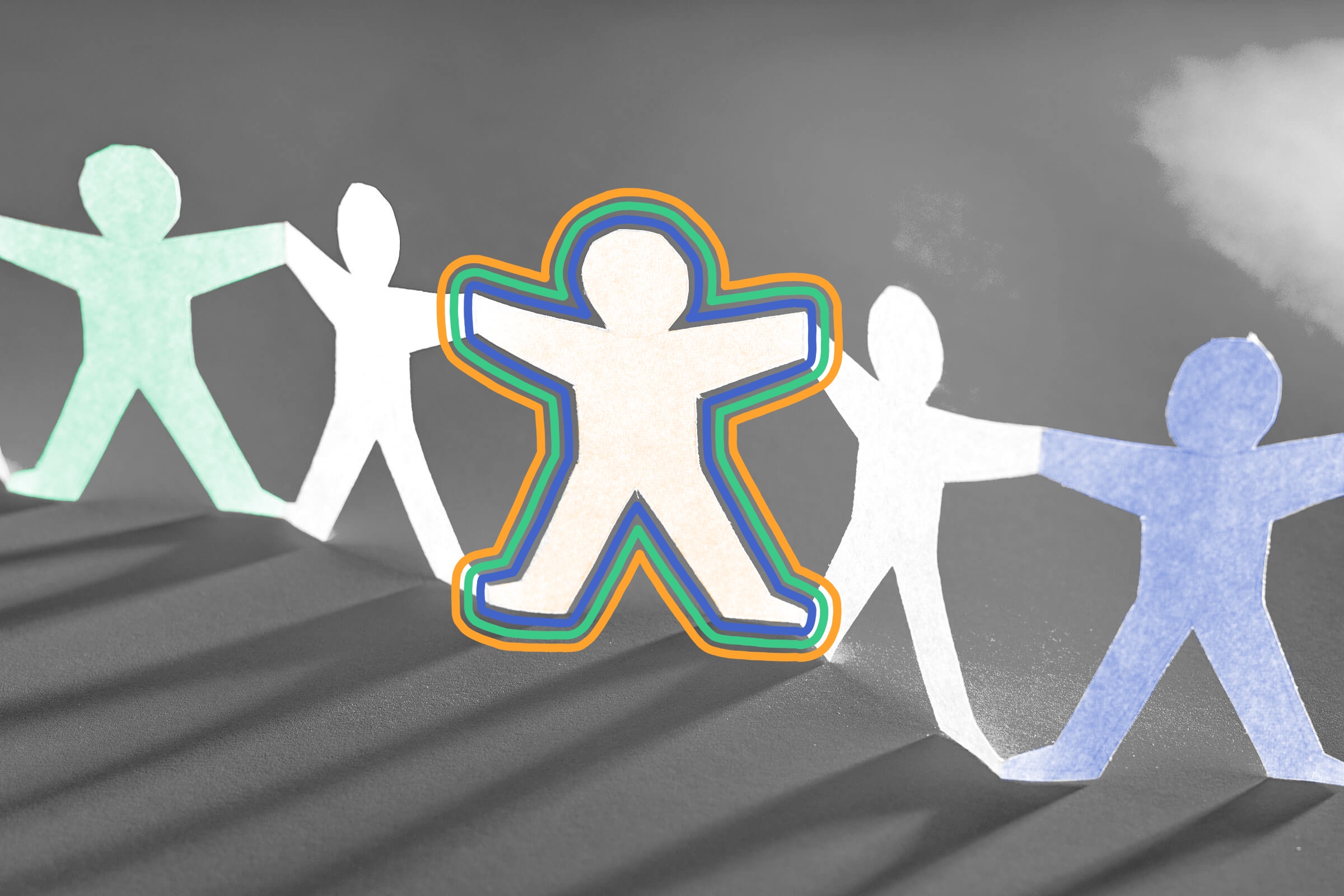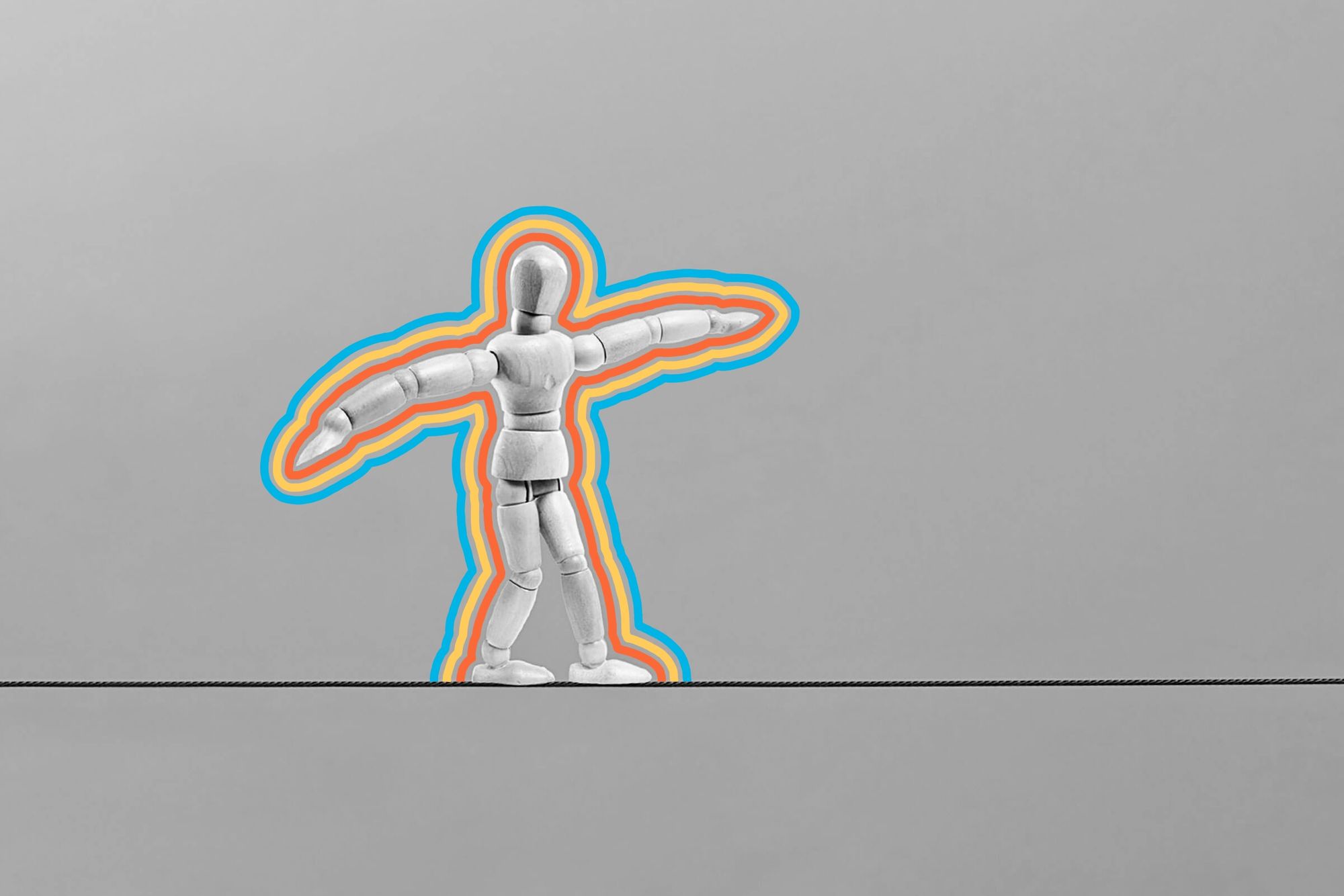
All human beings are 99.9% identical genetically.
Our diversity is part of what makes human beings special. Yet as far as our genes are concerned, we’re all fairly similar: Humans share 99.9% of their genes with one another. To put this into perspective, bonobos and chimpanzees — the closest relatives to humans in the animal kingdom — share approximately 98.8% of their genes with humans. Clearly, even small differences in genetic similarity can have a major impact.
That may be especially true when it comes to human health. According to the National Institutes of Health, nine of the 10 leading causes of death in the U.S. (barring accidental deaths) are influenced by our genetics, and variations among individuals can mean significantly varying health outcomes.
In the 21st century, advances in our understanding of the human genome — thanks to the completion of groundbreaking scientific studies including the Human Genome Project — have pushed medicine into the genetic frontier. Now doctors can screen newborns for genetic abnormalities and sometimes use gene-based therapies, while nutritionists are using genomics to tailor diets to specific genetic dispositions. According to some, the future of medicine is in our genes.
Photo 51 is one of the most famous images in science history. Taken by British chemist Rosalind Franklin in 1952, the image revealed the now-famous double helix structure of deoxyribonucleic acid (DNA). The photo was shared with scientists Francis Crick and James Watson at the Cavendish Laboratory, likely without Franklin’s knowledge. In 1953, the two scientists, along with Franklin’s colleague Maurice Wilkins, published their DNA work alongside Franklin’s photo without crediting her. A decade later, the three scientists received the Nobel Prize — and Franklin was once again neglected. (Sadly, she had died in 1958 of ovarian cancer.) Thankfully, in the decades since, the scientific community has honored Franklin’s contribution to science. In 2019, the European Space Agency even named its new Mars rover the Rosalind Franklin.

